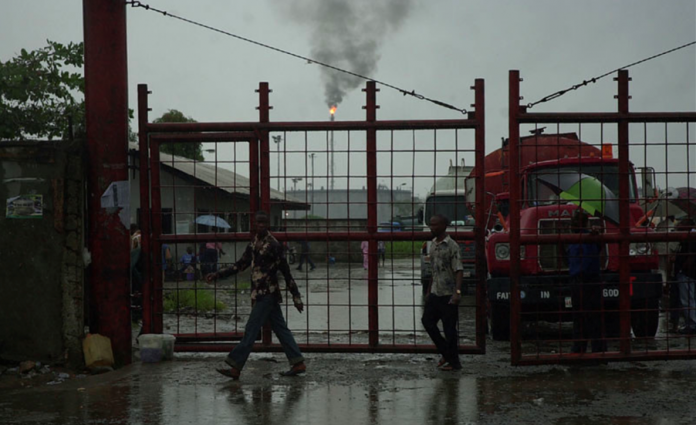Working people in Nigeria have faced attacks from employers when they organize themselves to fight for better wages and improved working conditions, since the colonial era.
The passage of the Trade Union Regulation of 1938 marked the beginning of legal status for trade unions. But there was a hidden agenda behind it, just as all other labor laws since then. This agenda is one that seeks to equip the bosses to defuse the fightback of workers, so that we do not take our struggles to the logical conclusion, against employers.
A major issue that the Nigerian working-class face today is the increasing practice of third-party recruitment across all levels and stages in the employment relationship.
At the heart of this form of recruitment is the aim of union bursting, which involves a series of subterranean actions carried out to undermine the unity and powers of the workers, their trade unions, and international solidarity. It is perpetuated through diverse means and processes.
Third-Party Recruitment
Due to the ever-increasing socio-economic hardship prevalent within the polity today, many workers are left with no option but to allow themselves to be employed through a third-party scheme if they are not to starve.
Workers employed through this recruitment scheme face precarious conditions. They do not have job security and they often earn less than the minimum wage. But this is all legal! The labor brokers actually get recruitment licenses issued to them by the ministry of labor.
This actually runs against the contents of the Labour Act, apart from amounting to breaking the National Minimum Wage Act. But unions have not challenged this dubious recruitment means into precarious employment, both legally and politically.
Workers deserve jobs and income security. We must not continue to tolerate third-party recruitment.
Contrived union leadership tussle
Employers of labour and government have seen this approach as a quicker and faster way to undermine the collective unity of workers. So what has become a norm is to “settle” trade union leaders and pit them against each other.
Those that are ready to cooperate are secretly assured of pecuniary or position rewards in return for helping to cause disaffection in the union.
The overarching aim of the employers is to weaken the labor movement in general. They know that a house divided against itself cannot stand. Rank and file workers need to stand up against forces within and outside the union, collaborating to weaken our movement.
Trade unions were just beginning to emerge during the period of Karl Marx. And he described them as “schools of communism.” This is because they serve to build the solidarity and power that workers need to build a new world.
But trade unions today include both the rank-and-file workers and the top bureaucracy of the unions who are concerned primarily with workers’ check-off dues. They occupy a contradictory position between the rank-and-file workers and the capitalists.
Workers in the workplace must understand that the power to transform society doesn’t lie with the top bureaucracy of the unions but with them as rank-and-file members.
Union bursting is a critical weapon used by employers of labor and government to weaken and undermine the collective power of workers, and it comes with many faces., we must collectively rise as worker-activists to fight union bursting in all its guises, such as third-party recruitment schemes collaboration of union leaders who are accomplices with employers of labor and government in disrupting union vibrancy.
We must thus begin to build our ranks in the workplace and organize political education to understand better. And we must boldly call on our unions to campaign against third-party recruitment.
by Kelvin Ayemhenre









